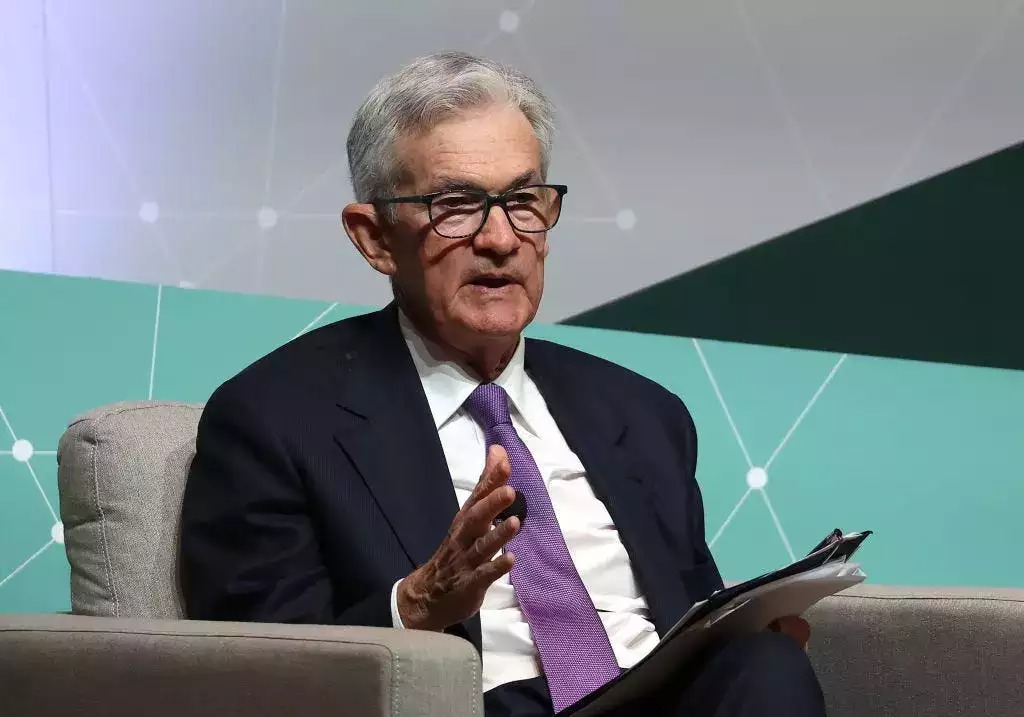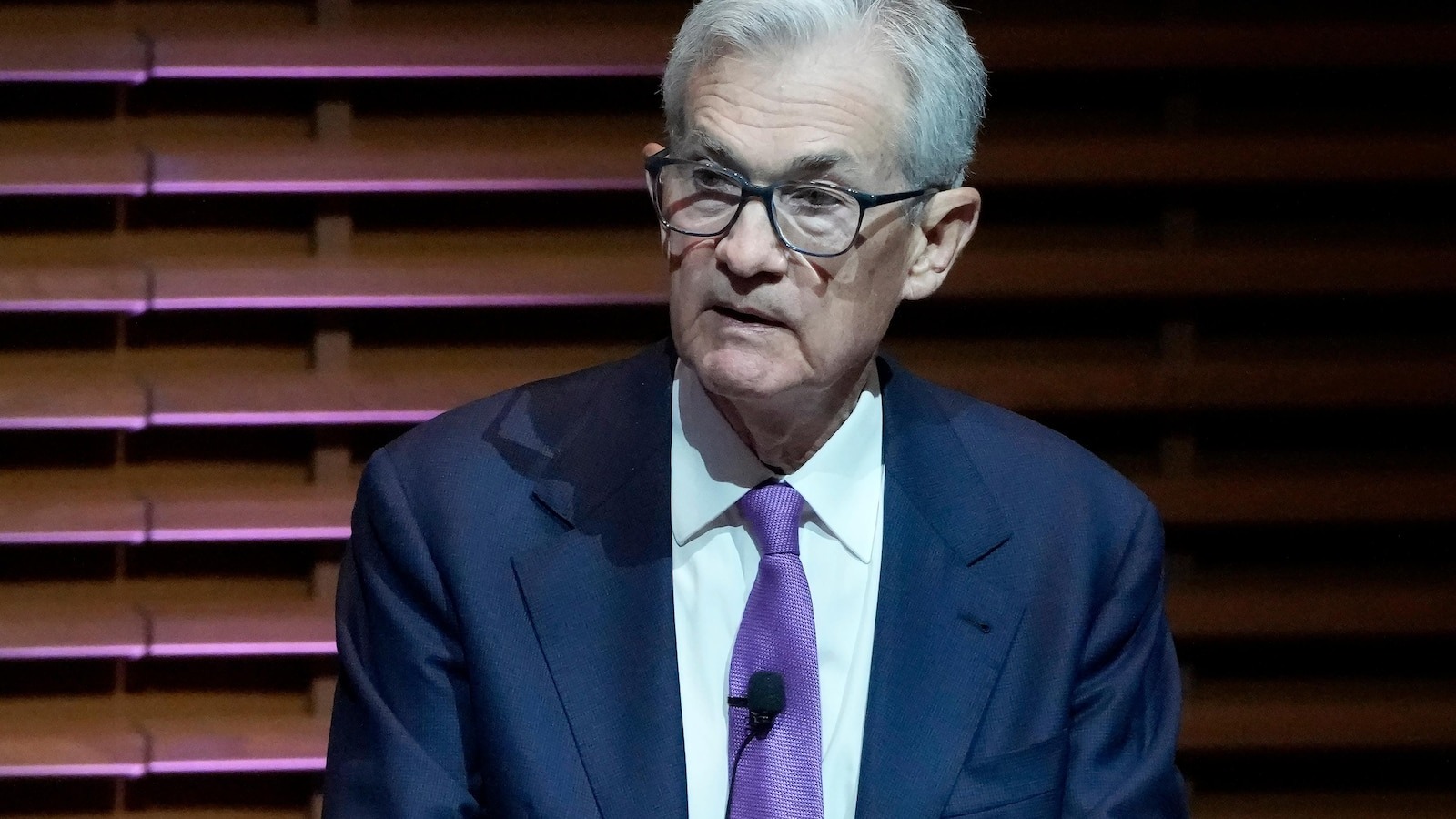In finance and monetary policy, there’s a keen interest in when the Federal Reserve might decide to adjust interest rates, particularly in light of recent economic developments. Chair Jerome Powell and other Federal Reserve officials have been at the forefront of discussions, offering insights into the central bank’s future actions regarding interest rate cuts.
Despite market speculation about possible rate reductions as soon as June, Powell has advocated for a more measured approach, emphasizing the importance of solid data in guiding their decisions.
During a speech at the Stanford Graduate School of Business, Powell noted that while Fed policymakers share an expectation for potential rate reductions later in the year, such decisions are contingent upon gaining more certainty that inflation is on a consistent downward path toward the Fed’s 2% target.

This stance comes despite reports of strong US economic performance and a slight increase in inflation at the start of the year, suggesting that the broader economic outlook remains positive, with inflation projected to approach the target rate.
Atlanta Fed President Raphael Bostic has offered a more specific timeline, indicating that rate cuts may not be considered until the last quarter of the year. This timeline aligns with expectations of a gradual decline in inflation coupled with ongoing strength in GDP and employment figures, potentially paving the way for a rate decrease towards 2024’s end.
Fed Governor Adriana Kugler also acknowledged the prospect of a “bumpy” journey toward disinflation but suggested that a reduction in the policy rate could be warranted within the year, provided economic forecasts remain consistent. However, she stopped short of specifying a timeframe.
The Fed’s cautious stance on rate adjustments reflects a desire to strike a balance between preventing premature rate cuts, which could undermine inflation control efforts, and avoiding excessive dampening of economic activity. The Fed’s policy direction will be influenced by upcoming jobs and inflation data, which will help shape their near-term policy decisions.

With the recent uptick in inflation, some economists have revised their predictions for when the Fed might start to lower rates. The earliest projections now point to no sooner than July.
Despite discussions about the timing of rate cuts, Powell has been clear that the Fed’s monetary policy decisions focus on economic indicators, independent of political considerations or the ongoing presidential election campaign.
This commitment underscores the importance of the Fed’s independence in ensuring that policy decisions are aimed at long-term economic stability rather than being swayed by short-term political pressures.
The implications of the Fed’s interest rate policies extend across the economy, influencing borrowing costs for everything from mortgages to business loans.
While the Fed has utilized rate increases over the past year as a tool against inflation, anticipating future rate reductions is critical for maintaining economic momentum without reigniting inflationary pressures.
As the Fed weighs its options in a complex economic environment, global financial markets and policymakers will continue to scrutinize its approach to rate cuts.
The emerging consensus among Fed officials suggests a carefully considered move toward rate reductions, dependent on the changing economic landscape and inflation trajectory.


